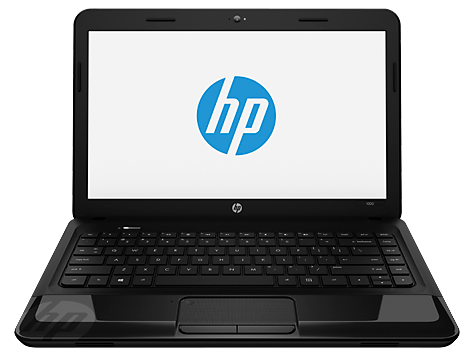

Thanks again Cristopher, without you all our hp 1000 printers would be in the garbage by now. I can gratefully confirm that this post is still valid for 10.14 Mojave OSX. So, to summarize, after the stdio.h was copied to /usr/include, running "make" returned no error in my case, so I could run all other subsequent steps. $ cat ! test -f /usr/include/stdio.h then \Įcho " *** Error: /usr/include/stdio.h is not installed!" \Įcho " *** Install Software Development (gcc) package" \Įcho " *** for Ubuntu: sudo apt-get install build-essential" \ $ sudo cp /Applications/Xcode.app/Contents/Developer/Platforms/atform/Developer/SDKs/MacOSX.sdk/usr/include/stdio.h /usr/include - the source folder is the output of the find command from the 3rd stepĪll this is necessary since the Makefile is configured in such a way that requires stdio.h in /usr/include, otherwise the error mentioned above is issued: To create the folder, if it is not already createdĥ.

You’ll get several folders which can be used as source. $ find /Applications/Xcode.app -path '*/usr/include/stdio.h' run $ make again - if the same error occurs then just give the audience what they want : manually copy the stdio.h from XCode installation directory to /usr/include/įor this it is necessary to find where is stdio.h already copied in XCode installation folder by running :ģ. Then from terminal install the command line tools, if not already installed with the XCode installation:Ģ. The solution to the above error that worked for me is the following (on Mojave 10.14 OS):Īfter the error message saying "Install Software Development (gcc) package", install XCode from App Store. At this point you may encounter a security warning message if your security preferences prevent you from installing apps from unidentified developers. I used version 4.0.6 for for Mac OS X 10.3.x (Panther) - Mac OS X 10.9.x (Mavericks).

Type xcode-select -install in the Terminal window to install the required command line developer tools.ģ) Install MacPorts by installing the package file for OS X 10.10 Yosemite. 2) Open Terminal (by typing cmd + space and typing Terminal and pressing return - the first few letters are usually enough).


 0 kommentar(er)
0 kommentar(er)
